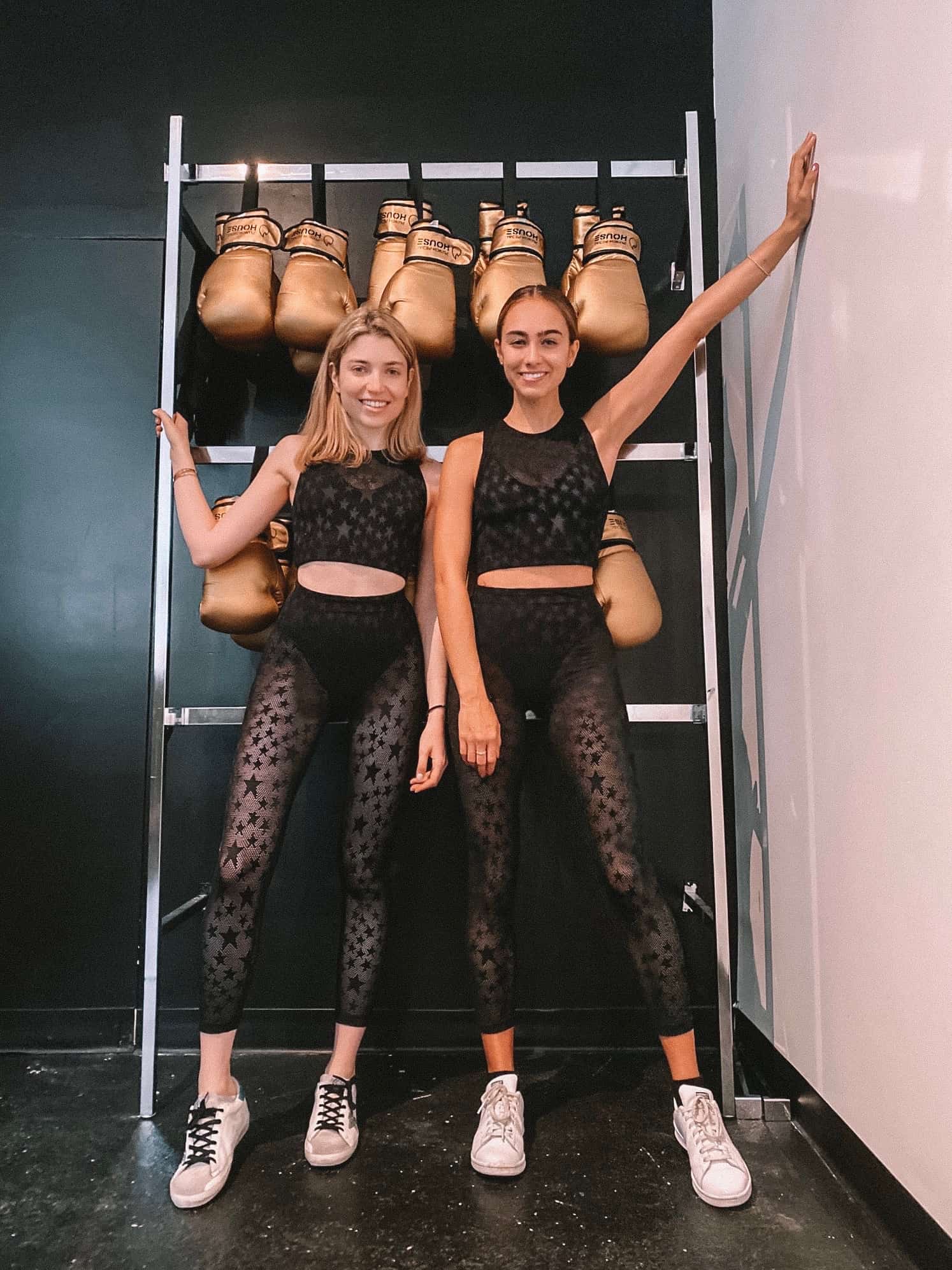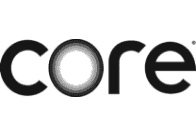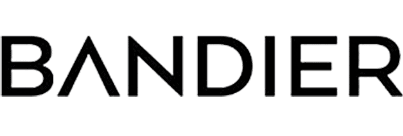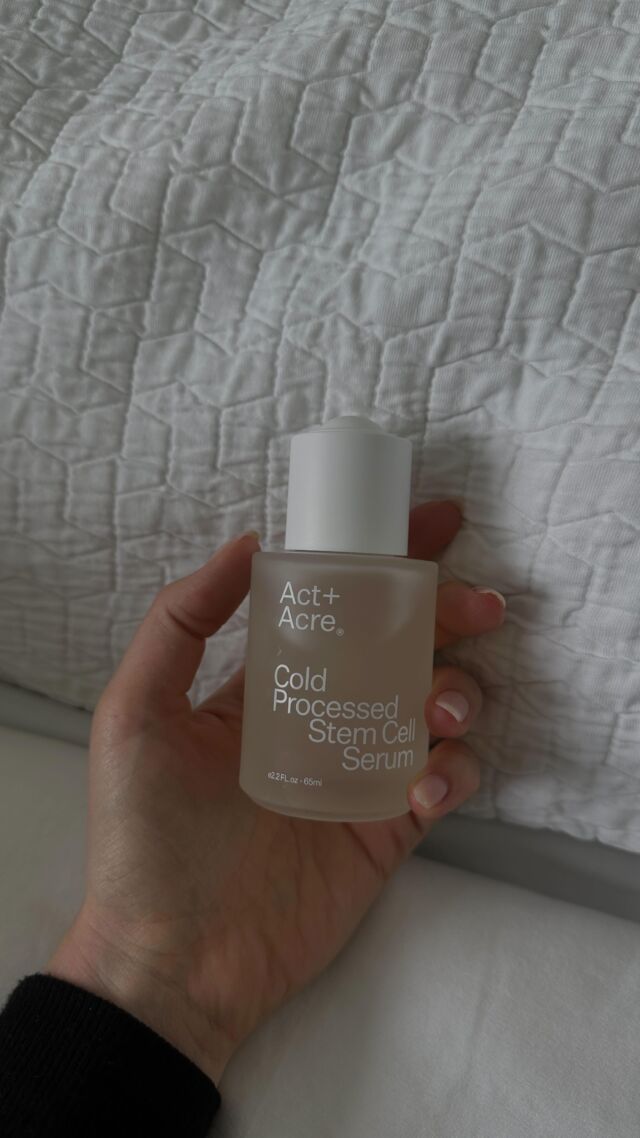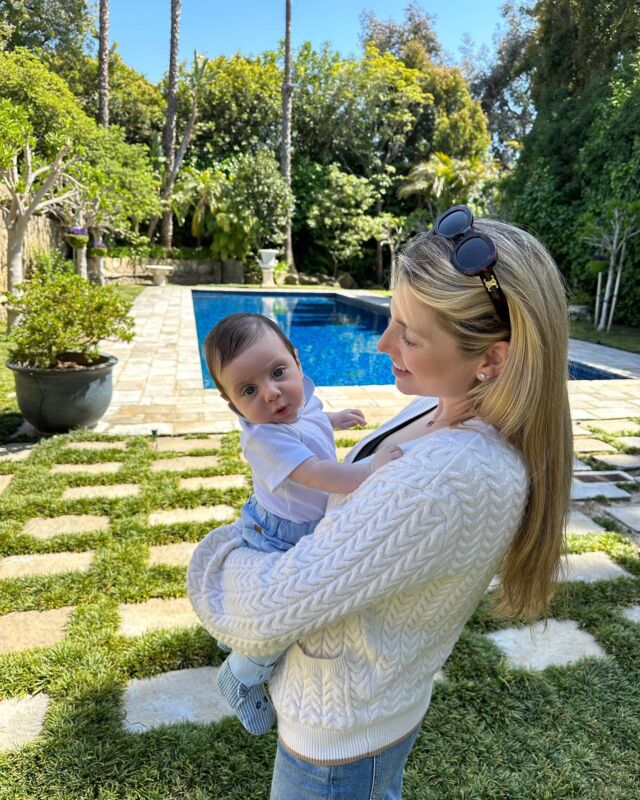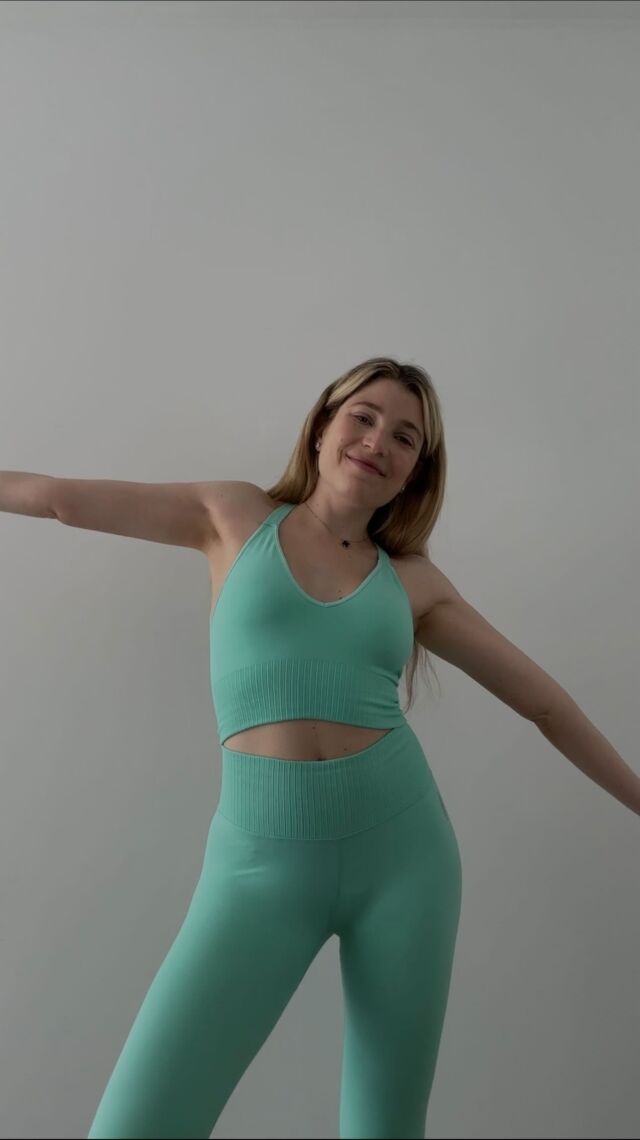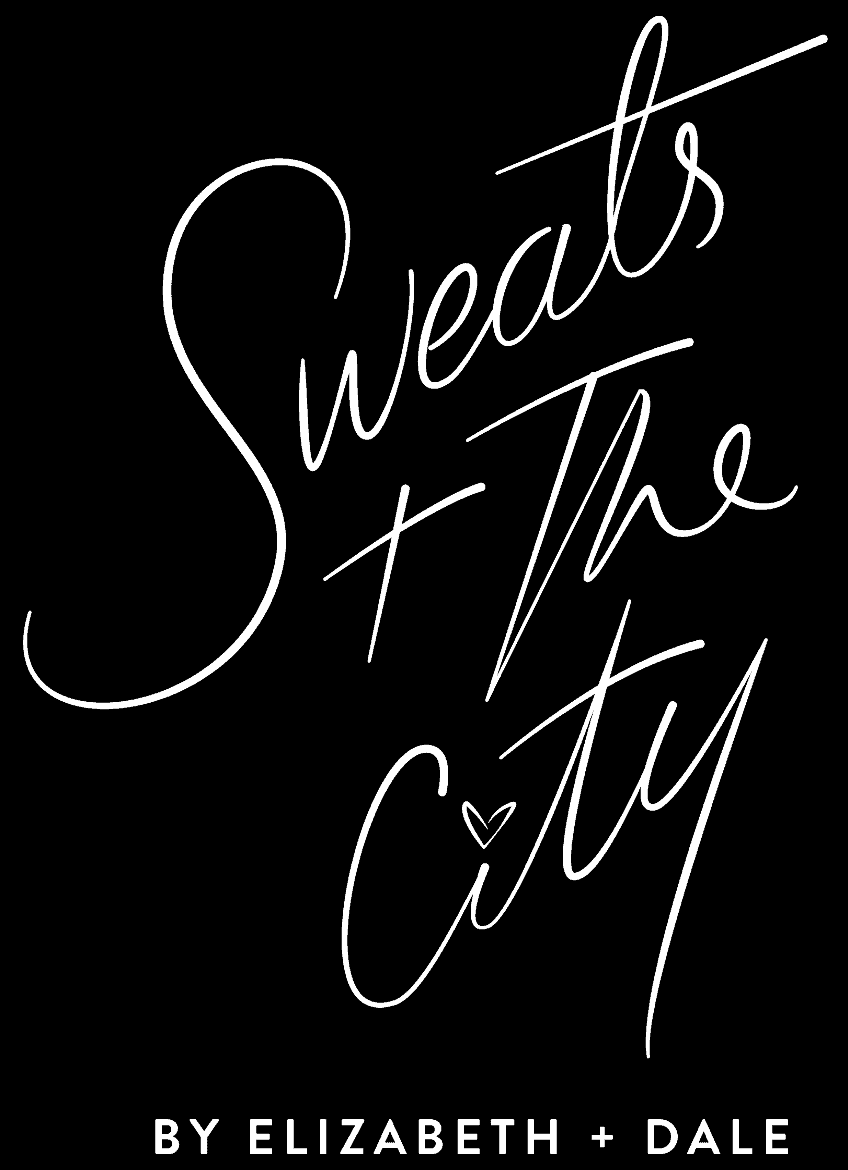A couple weeks back, we introduced our first ever SWEATS STUDIO SHOWDOWN (if you missed it: check it out here). This will be an ongoing series where we compare and contrast similar workouts and give our sweats verdict. We’re super excited for what’s on deck this week!
MILE HIGH RUN CLUB (DASH 28/HIGH 45) VS. PRECISION RUN.
Similarities:
- Workout type: both are indoor, running-based treadmill classes, where each class-goer is assigned a treadmill.
- Classes are broken into intervals (HIIT style).
- Instructors let you work at your own pace, while suggesting levels of intensity as well as incline ranges.
- Require supportive + comfortable sneakers!
- Fully stocked amenities (showers and digi locks).
- Instructors are highly experienced, trained running professionals.
- Doable + welcoming for all running levels since you set your own running goals & pace. Beginners, don’t be intimidated!
- Both have a short strength training segment after the run (for core, arms, legs, etc).
Differences:
- Precision Run treadmills are more advanced and customizable.
- MHRC is on ClassPass, while Precision Run is not.
- MHRC offers a wide variety of classes (length and class types), whereas Precision Run has one standard class.
- Precision Run is 50 mins, and MHRC (Dash 28 + High 45) are 45 mins.
- MHRC’s strength training segment incorporates kettle bells.
SWEATS VERDICT: While neither are our typical go-to workouts, Precision Run takes the cake for us. Both studios are very nice and well designed, but at Precision the treadmills are more elite and advanced, contributing to a better overall experience.
Y7 VS. CORE POWER YOGA (YOGA SCULPT).
Similarities:
- Heated vinyasa yoga classes.
- Fully stocked amenities (showers and lockers). Y7 has this at most locations and CorePower at all of them.
- Many locations both in the city and nationwide.
- Teachers often have you set an intention and provide words of wisdom at beginning and end of class.
- Both incorporate strength training segments.
- Both charge for mats + towels.
- Class length is 60 mins.
Differences:
- Y7 is on ClassPass, CPY is not.
- CPY offers one week free as an intro package.
- CPY is not on MindBody (they have their own private booking system), Y7 is on MindBody.
- CPY is available nationwide, Y7 is more boutique within select cities.
- Y7 is guided for the majority of class, but there is also a segment where you ‘flow on your own.’ CPY is guided start to finish.
- While Y7 has a short sculpting interval (a few minutes at the end), CorePower offers ‘Yoga Sculpt’ classes that incorporate weights, cardio moves and body weight based exercises for a large portion of class. C1 and C2 at Core Power are straight vinyasa flow.
- Core Power has more options for beginners.
- Y7 is in the dark (candlelit) & there are no mirrors. CPY usually has lots of bright light.
- Y7 is more zen vibes, while CPY feels more of a franchise/corporate.
- Although you’re not allowed to have phones in either, Y7 is way more strict on this.
SWEATS VERDICT: Y7 has a much better zen + yoga vibe and is a greater mental release, but CPY Yoga Sculpt is more of an intense workout. So when we want a better workout, we’ll head to CPY, but when we want to take class for more mental benefits, we’ll go to Y7.
RUMBLE TRAINING VS. BARRYS BOOTCAMP.
Similarities:
- HIIT classes that rotate between floor (strength training) and treadmills.
- Class-goers are assigned a treadmill or floor spot to start, and then switch several times throughout.
- Both classes take place in dark rooms with loud music.
- Both studios have fully stocked showers + amenities.
- Both allow you to choose your starting place (floor or tread & where in that area) in advance, so you can enter class knowing where you’ll be.
- Classes are $36.
- Can choose weights and running levels that suit your specific needs.
Differences:
- Rumble classes are 45 mins long, while Barry’s are 60 (although sometimes they have 50 min offerings).
- Barry’s has a fuel bar (with smoothies + more) where you can pre-order before class so your smoothie is waiting for you post-sweat!
- Rumble has screens that give information on floor moves and running levels/incline + time left. Barry’s is just directed by the instructor.
- At Rumble, the floor work station contains all the equipment you need. Barry’s has you grab the equipment in between rotations (can get a little chaotic).
- At Rumble, the instructor stands on a stage at the center of the room, while at Barry’s the instructor is more so in the corner.
- Barry’s can be found on ClassPass, Rumble is not on ClassPass.
- Rumble’s treadmills have more features & are more advanced (you can choose between beginner, intermediate and advanced levels, with customization all around). There’s also a push option at Rumble (where the belt’s not moving and you push it yourself). While Barry’s treadmills are good, they are not nearly as advanced.
SWEAT’S VERDICT: Rumble Training FTW. Yes, Barry’s was clearly the OG of the concept, but Rumble Training is a more refined version. We get a much better vibe from the community and staff at Rumble, too (more welcoming, less pretentious). We also love the new treadmills at Rumble Training, along with the epic playlists. We also really like how all the equipment needed is at your bench, so there’s no lag time between sets, AND that the description of the moves are clearly stated on the screen. However, we must say we do LOVE the fuel bar at Barry’s!
What do you want to see next showdown? Comment below!


